Our expert panel answers your questions, so if you have one send it to Bow’s Editor john.stanley@futurenet.com
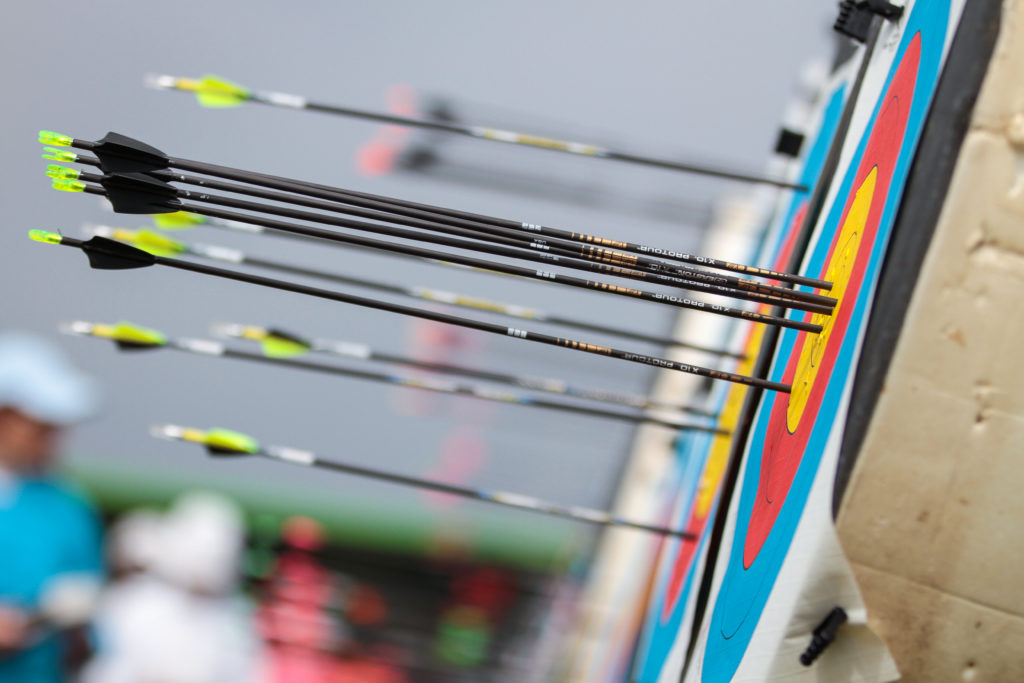
Q: I note you can achieve the UK classifications (such as Master Bowman) shooting either metric or imperial distances. Both are available to me. Apart from accessibility of competitions, is there any advantage in shooting one or the other?
Dr James Park says: Most UK archery achievement classifications such as Master Bowman can be achieved shooting metric rounds (such as a WA1440) or imperial distances (such as a York).
Each involves shooting long distances; 90m or 100yds for senior men. I have studied archer scores at different distances over many years and have found that they can be modelled mathematically very well. (You can find my recent published paper in that area at: https://bit.ly/2kvcZ0X)
The distance of an archer’s arrows from the centre of the target is normally distributed and the standard deviation can be modelled as:

where D is the target distance in metres, and I is the Archer Skill Level (ASL). As the archer’s skill level increases the groups get smaller. As the target distance increases the groups get larger. The group size can then be overlaid on a target face and the archer’s score at a particular distance estimated.
It enables an accurate comparison between scores for one round and another. This modelling is used by Archery Australia for the Australian national ranking lists. It is also used by the Artemis Lite scoring and analysis application.
I have used that modelling to analyse the Archery GB score levels for the GMB (Grand Master Bowmen) levels, the top tier of UK archery classification. That gives the following archer skill levels:
Women’s Recurve:
York of 1080 gives an ASL of 82.70
Hereford of 1165 gives an ASL of 81.81
WA70/1440 of 1242 gives an ASL of 81.08
WA90/1440 of 1203 gives an ASL of 81.72
Men’s Recurve:
York of 1146 gives an ASL of 90.16
WA90/1440 of gives an ASL of 88.97
Women’s Compound:
York of 1214 gives an ASL of 100.20
WA70/1440 of 1342 gives an ASL of 97.81
WA90/1440 of 1319 gives an ASL of 98.77
Men’s Compound:
York of 1249 gives an ASL of 107.32
WA90/1440 gives an ASL of 105.64
A lower ASL means it is easier, so in every case considered, the World Archery round is just a little easier than the imperial round.
Q: What would you recommend for a basic arrow maintenance toolkit? There seems to be a lot of options and I don’t want to buy everything piecemeal
Mark Brown says:
1. Arrow cutter
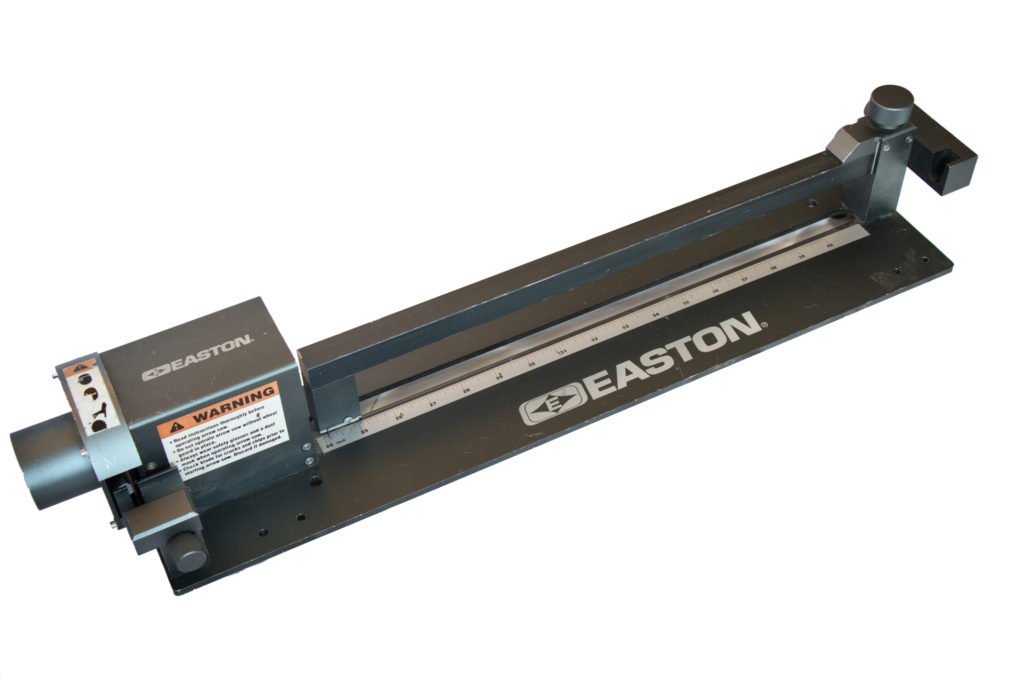
No, you can’t use a Dremel: your precision set of expensive shafts will end up like a jaunty row of organ pipes. I chose the Easton Elite saw because, when it comes to arrows, Easton don’t put their rather expensive logo on any old rubbish. It’s sturdy, easy to use, and it stays set where you put it. It can accept a vacuum cleaner hose, so you don’t inhale carbon dust. Other archers will beat a path to your door, and your club can save pounds in the long run.
2. Pipe cleaners

Seriously. Clean the inside of a shaft after cutting it, especially so with carbons. A fine deposit of dust means the points won’t stick. You’ll be amazed at the gunk and dirt that a pipe cleaner, doubled over and soaked in a little meths, will extract – and you will lose far fewer points in the target!
3. Deburr tool
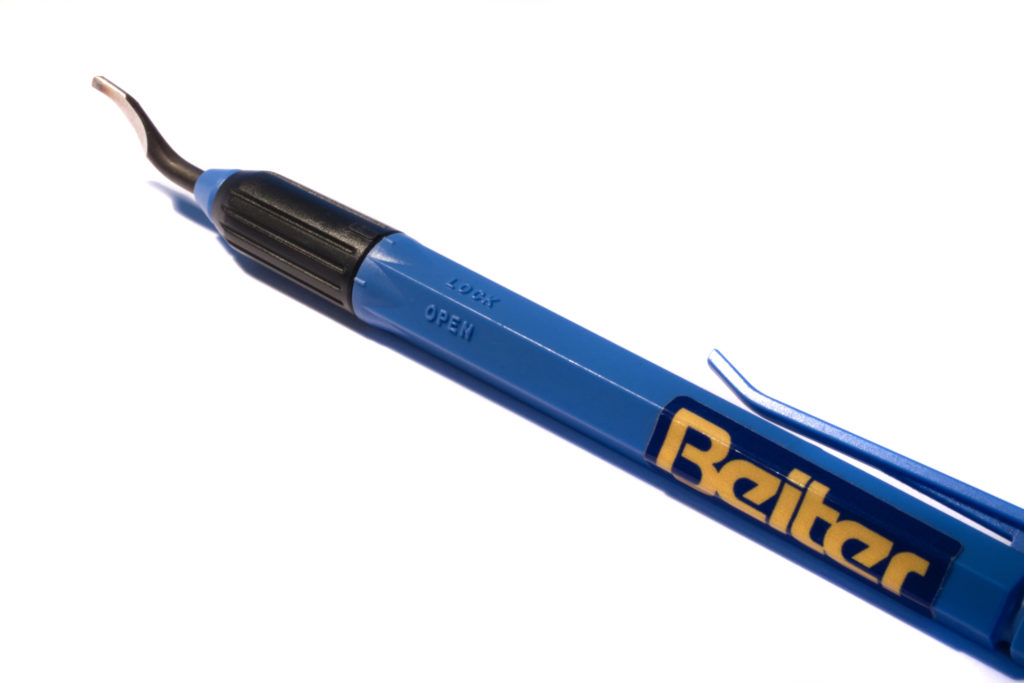
Use it on the inside edge of the cut metal, so the points go in more easily. Most reasonably-priced deburr tools look like the Beiter. Use it carefully: don’t apply too much pressure, just be gentle.
4. Pliers and sharp knife
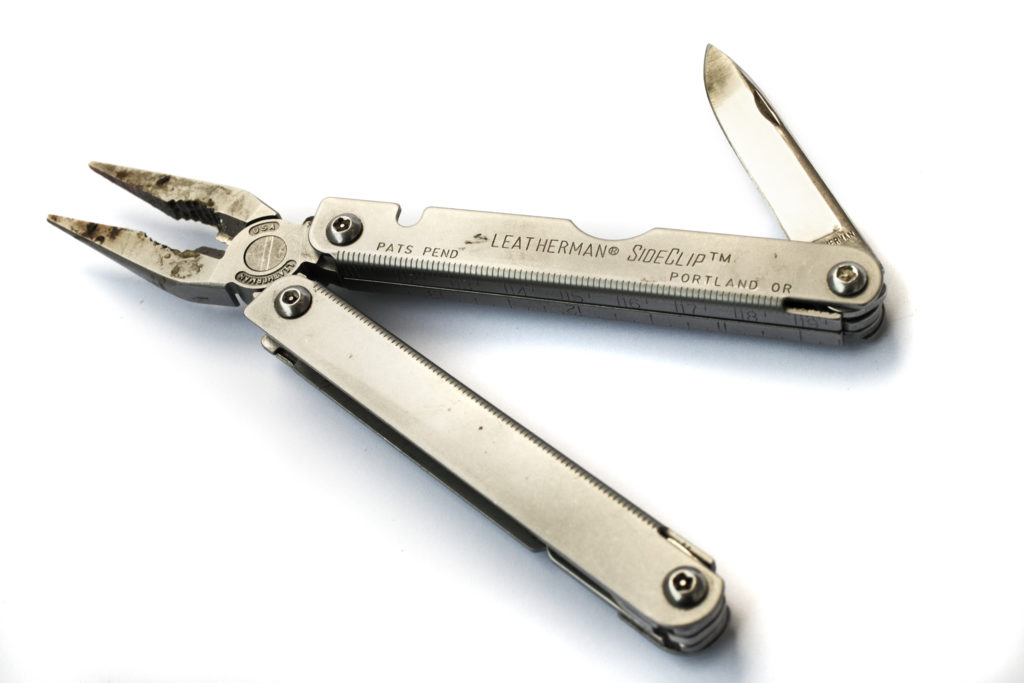
To hold hot points when extracting or inserting, and to remove excess hot-melt glue. My old Leatherman has both. For heating points I use my gas stove, or a little alcohol lamp if dinner’s on.
5. Fletching jig
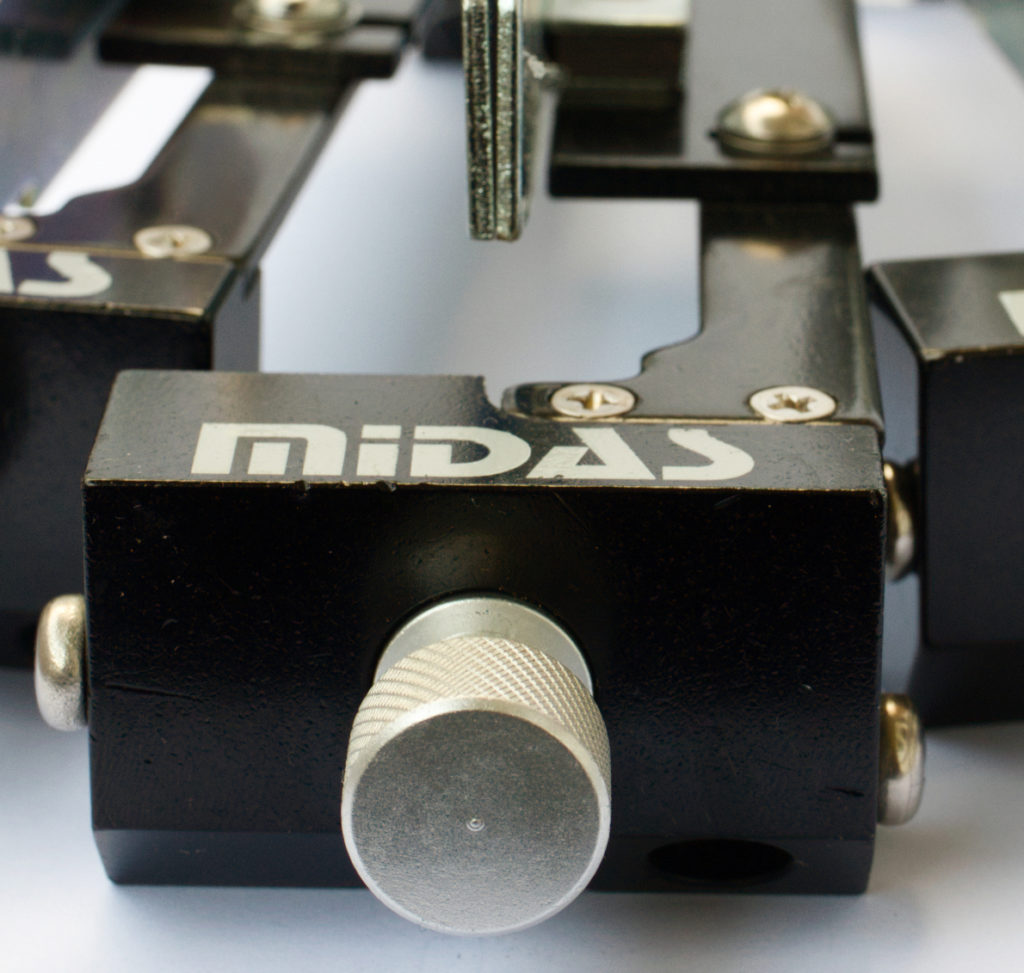
The first tool most archers buy. After years of flirting around, I settled on the Midas as being my favourite: sturdy, unfussy, doesn’t damage the nock, and adjustable for both compound and finger-shooter orientations. Several jigs will get the job done more quickly. Now available in space-saving upright mode.
6. Beiter Tri-liner, for spin vanes
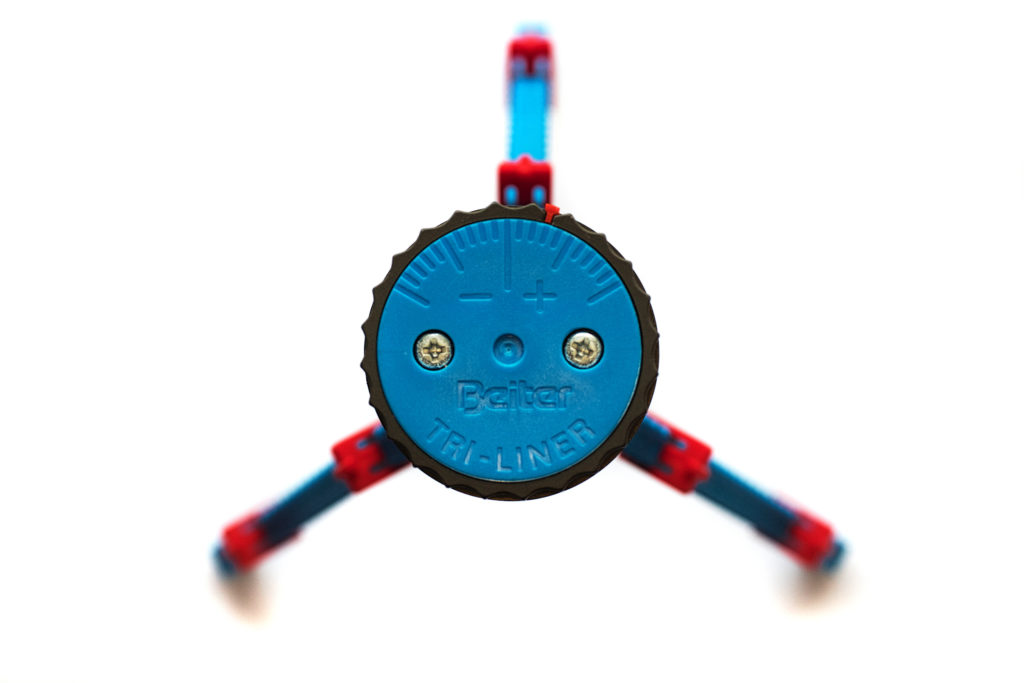
I don’t now how people manage without one of these. Some shaft wraps come with lines already on them, but these can become meaningless once you’ve got the nocks correctly orientated. If your arrows are going to 70m or beyond, then get the spin vanes working as a team: identically spaced, orientated, and lined up. The scale allows you to switch easily between Delta, Y, and traditional orientations. Or anything in between. Works well with non-Beiter nocks too.
7. Beiter Spin-wing holder
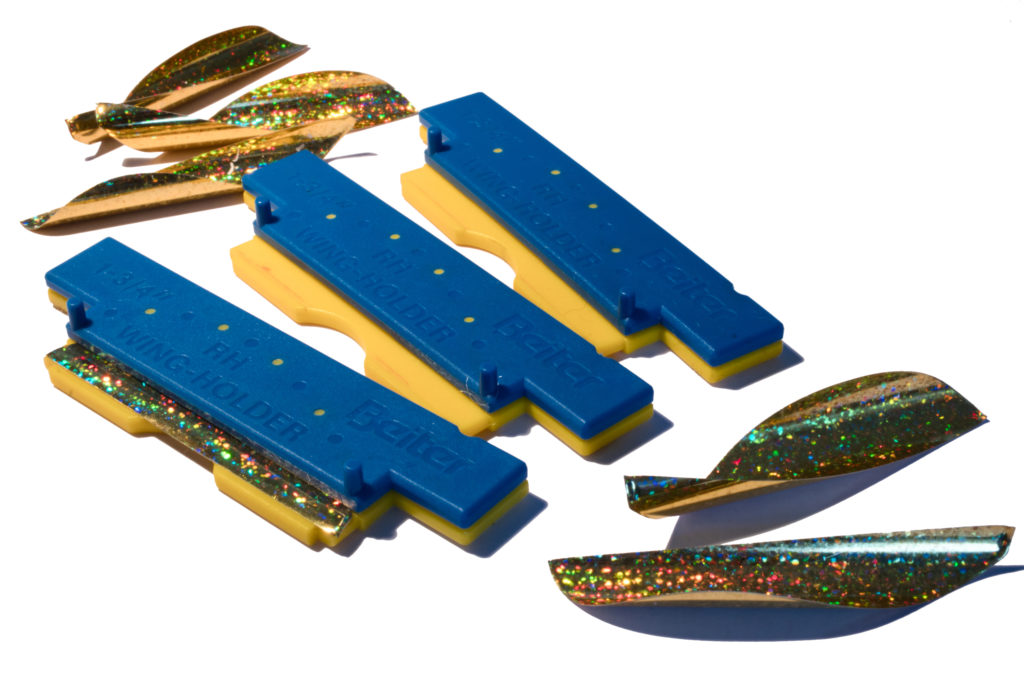
Obviously, use these to apply the vane straight on the shaft, but also useful when applying tape to the vane. If the tape isn’t straight, the vane won’t be either. Works with most, but not all, spin vanes – do check.
8. Grain scale
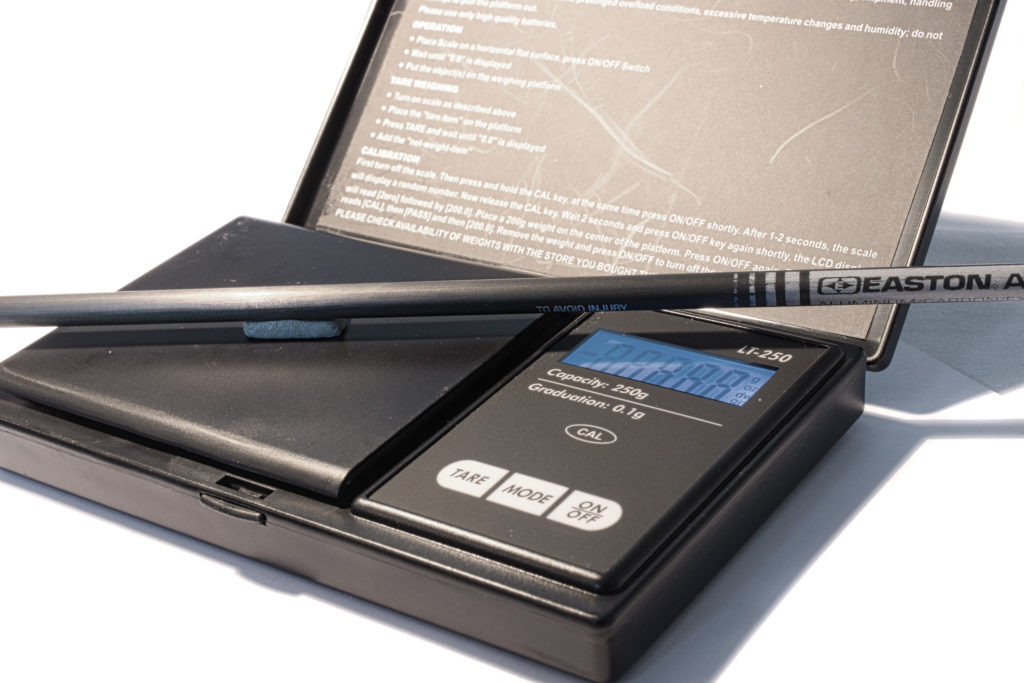
Check components are all the same weight, especially break-off points. If you like to compensate for the weight of fletchings when shooting bareshafts, you need to know how much weight to add around the back of the shaft. Stop arrows rolling around with a bit of Blue Tak, just remember to zero the scale before weighing anything. Helpfully, the scale I use will automatically zero when turned on.
9. Nock turner, for insert nocks
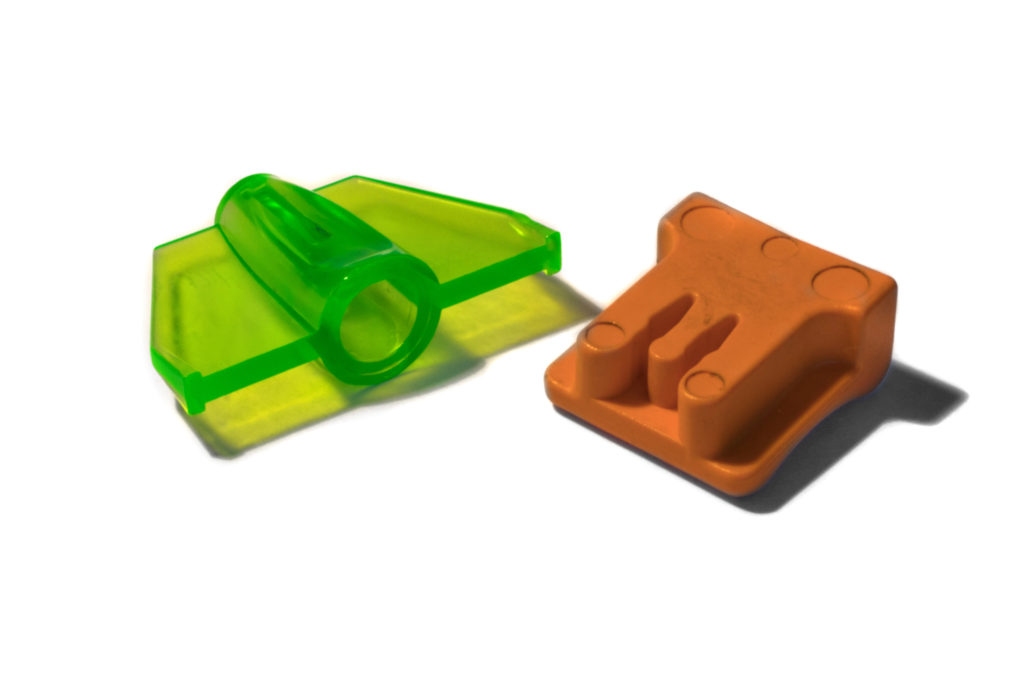
You should shoot all new arrows as bare shafts. If there are any which don’t group, turn the nocks and shoot again until they do group. Grasp the arrow with an arrow puller while using a turner. Easton and Beiter make simple tools for their own nocks.
10. Fletching stripper
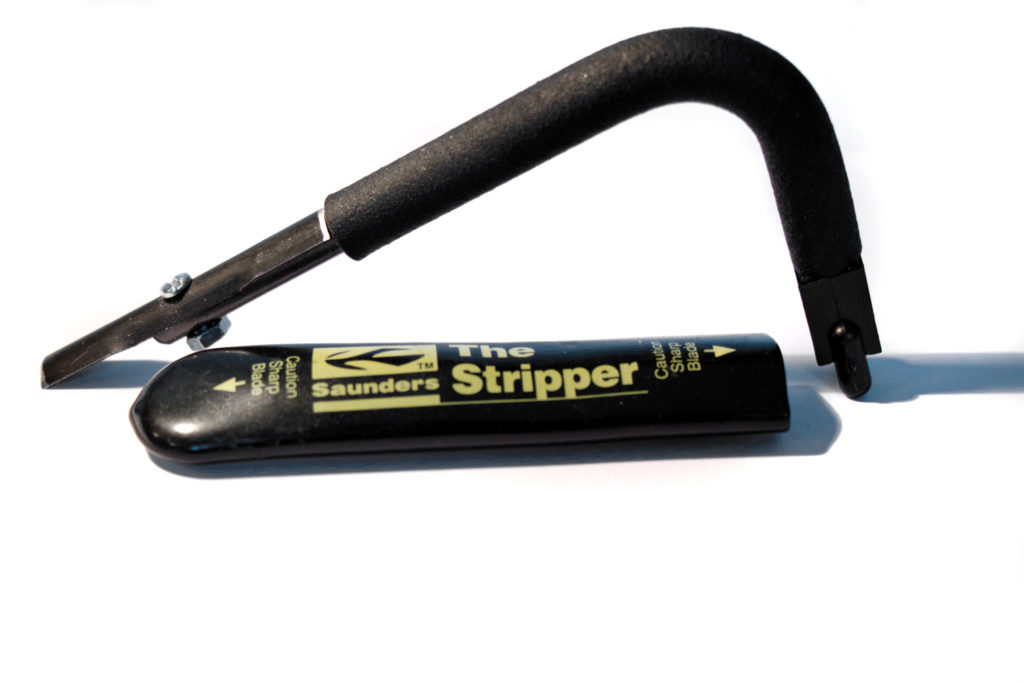
The right tool for the job: a knife can cut into carbon; a fletching stripper makes light work of the task. Quite satisfying to use. The shape of the Saunders helps apply even, level pressure, which won’t dig into the arrow, or slip off.
11. Nock extractor
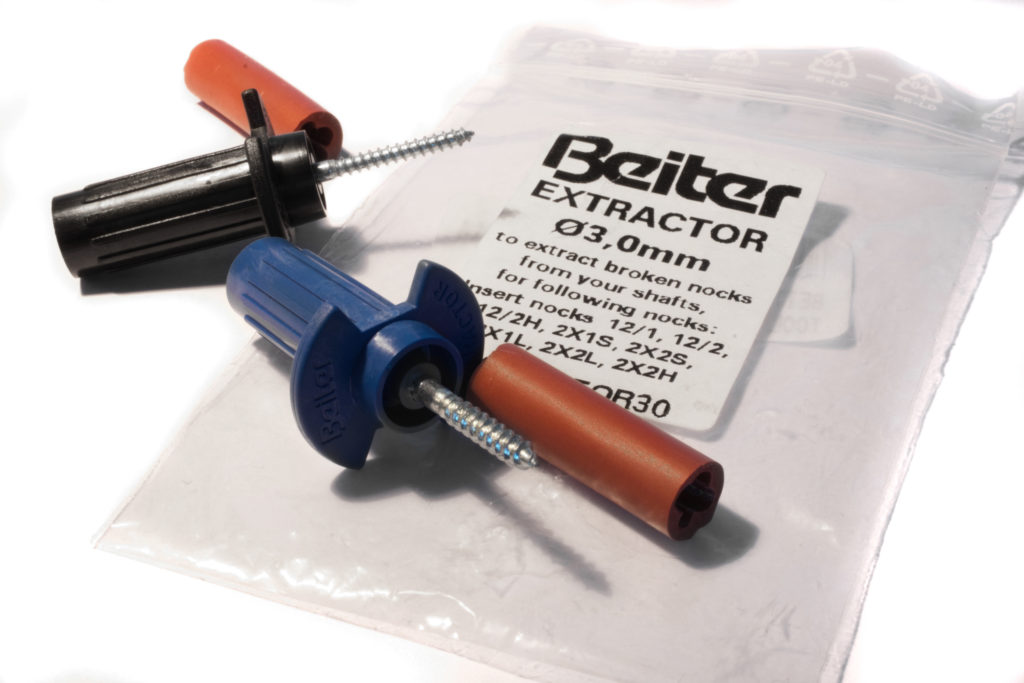
When a rear impact happens, smashing the nock but leaving the rest of the arrow intact, use one of these from Beiter. Works like a cork screw. Again, use in conjunction with an arrow puller. Very simple, the larger size is most suitable for fat shafts.
12. Spine tester or arrow straightener
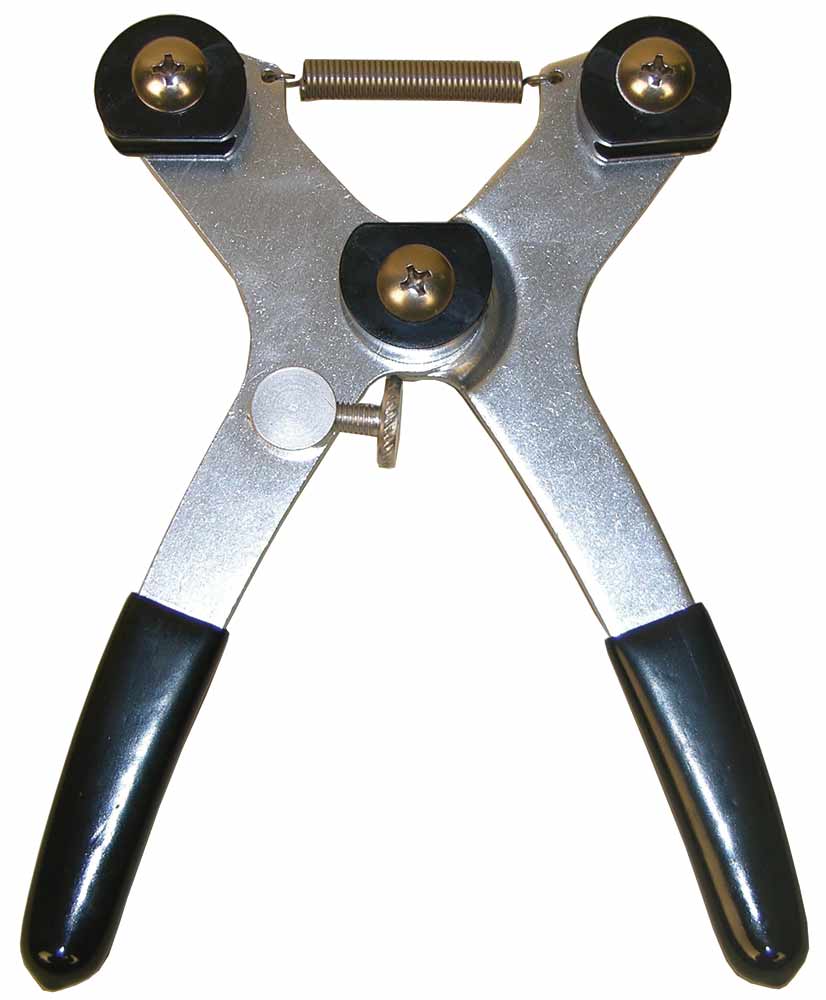
In my experience, you only need the former for wooden shafts, and the latter for your club’s training equipment.
Q: What accomodations can be made with arrows when changing poundage due to injury? I don’t want to start cutting them down. is there a good strategy here?
Adrian Tippins: Unfortunately injuries are commonplace in the sport of archery. Such events usually mean a drop in poundage whilst we get ourselves back on track. Arrows normally have a correct operational range of just 5 lbs. A significant change will usually mean that correctly spined and tuned arrows will now start to shoot too stiff.
Cutting an arrow down will actually stiffen it even further. The arrow really needs to shoot weaker due to the lower power levels. Without adding power or length it’s very difficult to weaken a static spine deflection. That said there are a few things that we can do to weaken the dynamic spine.
Dynamic spine is how much the arrow bends whilst it is in flight under kinetic load. The biggest change will be had by changing the point weight for one that’s much heavier. This makes the front decelerate much quicker. The back of the arrows tries to catch it up and causes the arrow to bend more in flight. The static spine remains unaffected.
A change of nock can also add at least a fraction of length to an arrow. Not all nocks are created equal, brands and models differ in length. For example changing from an Easton pin nock to a Beiter will add at least one eighth of an inch due to the nock groove being in a different position.
Another very small change could be a change of vane. A shorter and lower profile vane will reduce rear end drag which will effect a small change in dynamic spine. If bow tuning and the dynamic spine adjustments don’t give you what you need, you’ll need to consider a new set of arrows.
My advice would be to find a set of suitable, good quality used arrows. Chances are that you’ll find what you need at a bargain price. This option makes sound financial sense as these arrows are only to get you by. When the recovery period is over you should be able to sell them on for more or less the price paid.
For the best field sports news, reviews, industry and feature content, don’t forget to visit our sister publications Sporting Rifle, Clay Shooting Magazine, Airgun Shooter, and Gun Trade News. And our YouTube shows The Shooting Show and The Airgun Shooter. For subscriptions, please visit https://www.myfavouritemagazines.co.uk/


Is it possible to shoot world archery 50m style events well with a 35 inch axle to axle bow with some of the latest bows that are being released or would 37 inch axle to axle and longer still be preferred?
Hi Mike. We should have this question answered in the next issue.